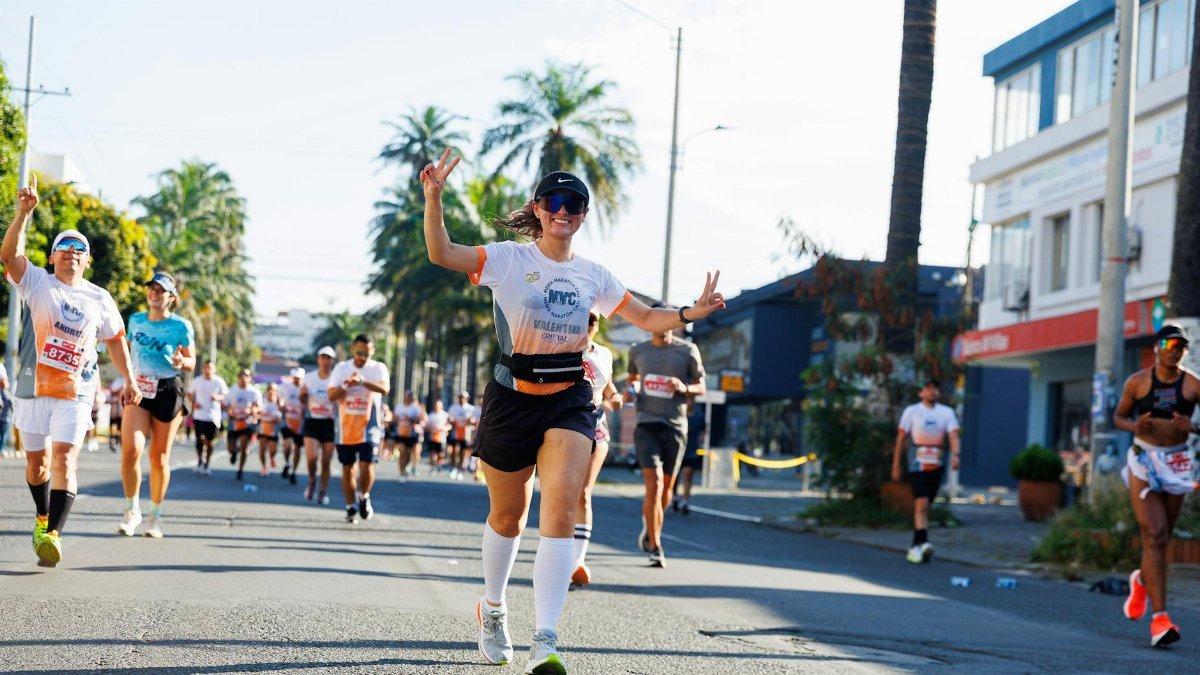Imagine a runner gliding down a city trail, their feet hitting the ground with a rhythm that seems almost instinctive. But beneath that effortless stride lies a debate that has captivated biomechanics experts and athletes alike: forefoot versus midfoot striking. Which landing style truly optimizes performance and minimizes injury? New electromyography (EMG) studies are shedding light on this question, revealing how muscle activation patterns differ between these two approaches. For many Americans lacing up their sneakers in 2025, understanding forefoot vs midfoot EMG data could be the key to unlocking a more efficient, pain-free run. This isn’t just academic nitpicking—it’s a practical concern as running remains one of the nation’s most popular forms of exercise, with millions seeking ways to refine their form. Let’s unpack what the latest research says and why it matters.
Unpacking Forefoot and Midfoot Striking

When a runner’s foot meets the ground, the point of impact—whether on the forefoot (the ball of the foot) or midfoot (a more central landing)—sets off a cascade of biomechanical effects. Forefoot striking often aligns with a more natural, barefoot-like gait, engaging the calves and arches with each step. Midfoot striking, by contrast, distributes force more evenly across the foot, often feeling more stable for long distances. But what does this mean for muscle activity? EMG, a technique that measures electrical signals in muscles, offers a window into how these styles recruit different muscle groups. Studies show that forefoot striking tends to activate the calf muscles more intensely, while midfoot striking may engage the quadriceps and glutes to a greater extent. This distinction isn’t just trivia—it shapes how runners train and recover.
The Latest EMG Evidence

Recent research has brought fresh clarity to the forefoot vs midfoot EMG debate. A 2023 study from the University of Colorado Boulder, published in the Journal of Biomechanics, found that forefoot strikers exhibited up to 20% higher activation in the gastrocnemius (calf muscle) compared to midfoot strikers during moderate-paced runs. ( Journal of Biomechanics ) Meanwhile, midfoot strikers showed greater engagement of the vastus lateralis, a key quadriceps muscle, suggesting a more balanced load across the leg. These findings, echoed by a 2024 analysis from the National Institutes of Health, hint at why some runners gravitate toward one style over the other based on their natural strengths or injury history. ( National Institutes of Health ) The data isn’t just numbers—it’s a blueprint for personalized running form.
Picture a local running club in Seattle, members huddled after a chilly morning jog, swapping stories about shin splints and knee twinges. One seasoned runner swears by midfoot striking, claiming it saved her joints after years of pounding pavement. Her experience aligns with what EMG studies suggest: less repetitive stress on specific muscle groups. But the science isn’t one-size-fits-all, and that’s where the conversation gets messy—and fascinating.
Injury Risks and Muscle Fatigue

One of the hottest topics in running circles is how striking style influences injury risk, and EMG data offers critical clues. Forefoot striking, with its intense calf activation, can lead to quicker fatigue in the lower leg muscles, potentially increasing the risk of Achilles strain, according to a report from Harvard Medical School. ( Harvard Medical School ) Midfoot striking, while gentler on the calves, may transfer more impact to the knees if form isn’t dialed in. Runners often don’t realize how these subtle differences compound over miles. A 2025 survey by the American College of Sports Medicine noted that nearly 40% of recreational runners report chronic lower-leg discomfort, often tied to unexamined gait patterns. ( American College of Sports Medicine ) Awareness of forefoot vs midfoot EMG profiles could be a game-changer here.
Performance Trade-Offs

Speed or endurance—which striking style wins? It’s not a simple answer, but EMG studies lean toward forefoot striking for bursts of speed. The heightened calf engagement creates a spring-like effect, propelling runners forward with each stride—think of sprinters exploding off the blocks. Yet, for marathoners logging hours on the road, midfoot striking often proves more sustainable, as it spreads muscle effort more evenly and reduces localized fatigue. Coaches across the U.S. in 2025 are increasingly using EMG feedback to tailor training plans, helping athletes strike a balance between power and longevity. The choice isn’t just about preference; it’s about aligning with one’s goals, whether that’s a 5K personal record or simply finishing a long run without pain.
Adapting Your Form

Switching between forefoot and midfoot striking isn’t like flipping a switch—it’s a gradual process, and EMG insights can guide the transition. Start by paying attention to how your foot lands during a casual jog. Does it roll from heel to toe, or do you feel the ball of your foot absorbing the impact first? Experts suggest incorporating drills, like short barefoot runs on grass, to strengthen the muscles highlighted in forefoot vs midfoot EMG research. But caution is key. Abruptly changing gait without building supporting muscle strength can invite injury. One runner, speaking anonymously in online discussions, described their shift to forefoot striking as “like learning to walk again,” with initial soreness giving way to a lighter stride after weeks of patience. Small adjustments, informed by science, often yield the best results.
Technology Meets Tradition

The intersection of cutting-edge tools and age-old running wisdom is where things get exciting. Wearable devices now offer real-time EMG feedback, letting runners see which muscles fire hardest during a session. These gadgets, paired with apps, can map out whether a forefoot or midfoot strike dominates your stride. But technology doesn’t replace the intuitive feel of the body—a truth echoed by veteran runners at local tracks from Boston to San Diego. One middle-aged jogger, spotted adjusting his smartwatch after a lap, chuckled as he admitted, “This thing tells me I’m a midfoot striker, but my knees already knew that.” In 2025, the blend of data and instinct is helping more Americans fine-tune their form, bridging the gap between lab findings and lived experience.
The Bigger Picture for Runners

Stepping back, the debate over forefoot vs midfoot EMG isn’t just about individual strides—it reflects a broader cultural push toward personalized fitness. Running isn’t a monolithic activity; it’s a deeply individual journey shaped by body type, history, and goals. EMG research underscores that there’s no universal “right” way to run. Some will thrive with the dynamic snap of forefoot striking, while others find solace in the steady rhythm of a midfoot landing. The real value of these studies lies in empowering runners to make informed choices, to listen to their muscles as much as their mileage logs. As more Americans hit the pavement in search of health and clarity, understanding these nuances offers a path to not just run faster or farther, but to run smarter.

As an education professional with a background in Biology and Physics, Dr. Christoph Weber is the analytical heart of Fulfilled Humans. He ensures every piece of content is insightful and grounded in credible knowledge.
Disclaimer
The content on this post is for informational purposes only. It is not intended as a substitute for professional health or financial advice. Always seek the guidance of a qualified professional with any questions you may have regarding your health or finances. All information is provided by FulfilledHumans.com (a brand of EgoEase LLC) and is not guaranteed to be complete, accurate, or reliable.
